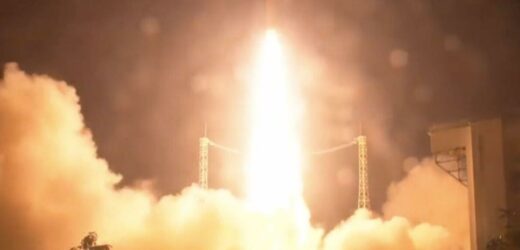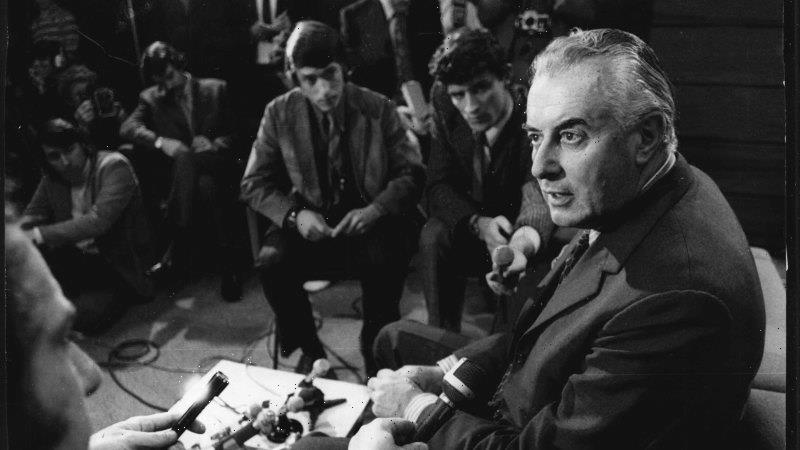The launch of the Vega C rocket was a mission which was delayed from November due to an alteration on the hardware. The launch of the 114-foot-tall rocket was due for 01:47 GMT Wednesday (8:47pm EST Tuesday).
There are four stages as part of the launch and the first stage called P120C succeeded but Zefiro 40, the second stage, failed.
The Vega C rocket was developed by the European Space Agency and is operated by Arianespace.
Arianespace tweeted: “Approximately two minutes and 27 seconds after liftoff an anomaly occurred on the Zefiro 40 thus ending the Vega C mission.
“Data analyses are in progress to determine the reasons of this failure.”

We use your sign-up to provide content in ways you’ve consented to and to improve our understanding of you. This may include adverts from us and 3rd parties based on our understanding. You can unsubscribe at any time. More info

Space entrepreneur Elon Musk commented: “Sorry to hear this. It is a sobering reminder of the difficulty of orbital space flight.”
The Vega C is a more powerful version of the Vega rocket which was first launched in 2012.
According to Arianespace, the new rocket can carry 2,300 kilograms of weight to a 435 mile-orbit, compared to the older version which carried only 1,500kg.
The launch which was set to complete Airbus’ Pléiades Neo Earth-imaging constellation saw two spacecraft lost.
Pléiades Neo 5 and Pléiades Neo 6 weighed a total of 1,977kg and were headed to sun-synchronous orbit.
Arianespace wrote in the mission description of Vega C: “The constellation is made of four identical satellites, built using the latest Airbus innovations and technological developments, and allows to image any point of the globe, several times per day, at 30-centimeter resolution.
“Highly agile and reactive, they can be tasked up to 15 minutes before acquisition and send the images back to Earth within the following hour.”
DON’T MISS:
Ambulance strikes blasted as ‘conscious choice to inflict harm’ (INSIGHT)
Daily Mail slammed for fabricating royal swipe at Sussexes (REVEAL)
War spills into Russia as Putin claims ‘US-made missiles’ downed (INSIGHT)
Arianespace added: “Smaller, lighter, more agile, accurate and reactive than the competition, they are the first of their class whose capacity will be fully commercially available.”
The Vega C previously had a successful launch in July 2022 when it carried a 295kg satellite.
Arianespace is set to hold a media teleconference on Wednesday at 15:00 GMT to discuss the findings of their analysis of the failure.
Source: Read Full Article

